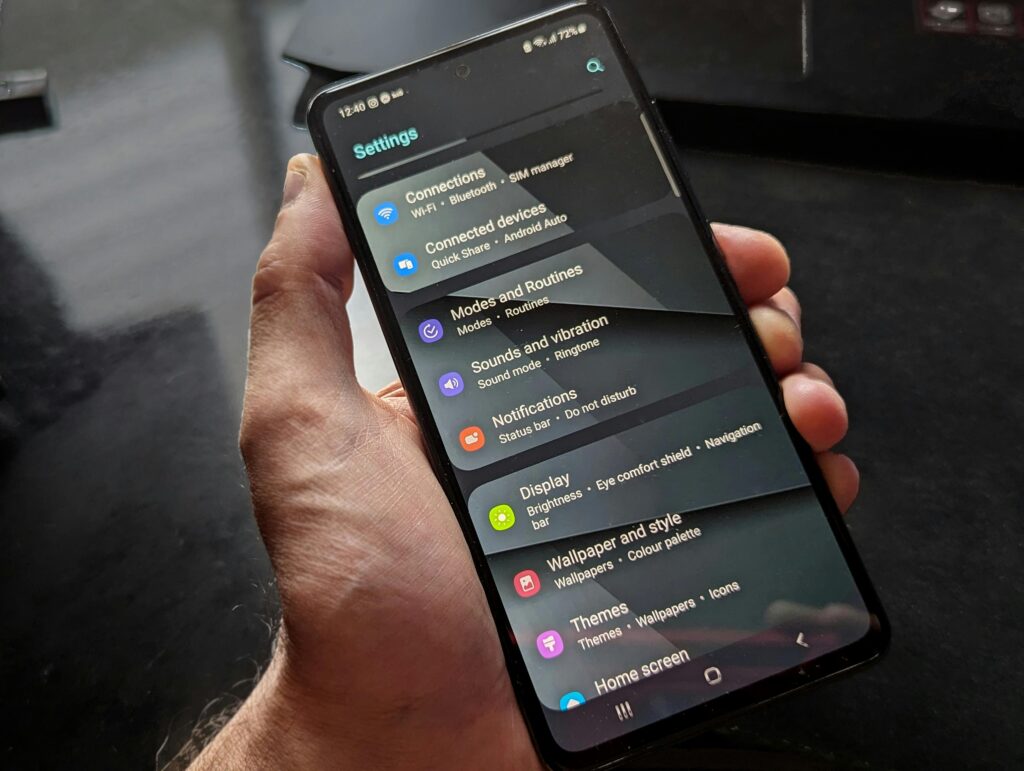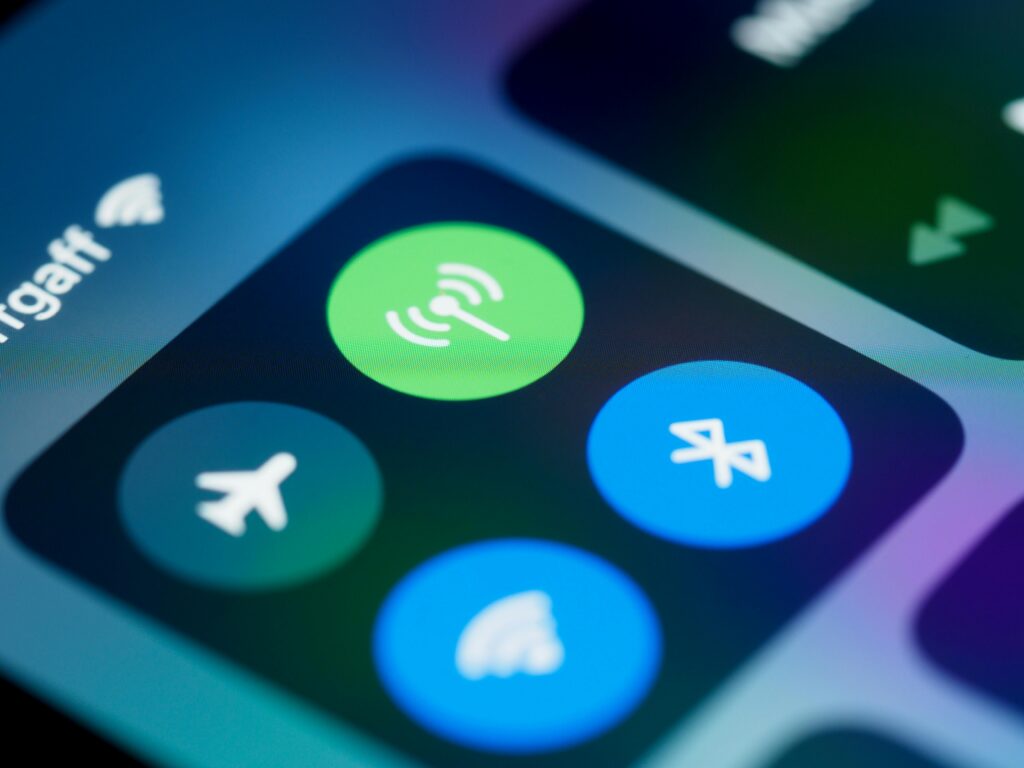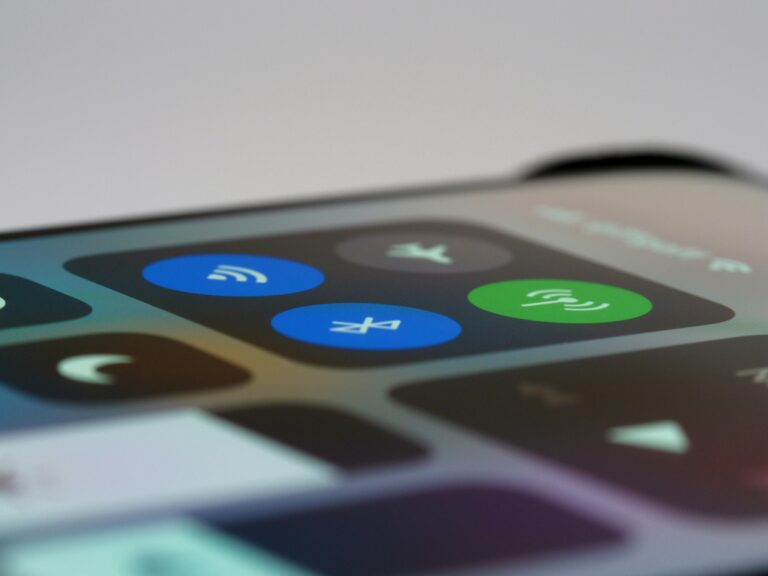Ever found yourself wondering, “Do you need wifi for Bluetooth?” when your internet goes down, but your wireless headphones still work perfectly? You’re not alone in this confusion. Many people assume that all wireless technology requires internet connectivity, but that’s simply not the case.
Here’s the straightforward answer: Bluetooth works completely without Wi-Fi. These are two separate wireless technologies that operate independently of each other. While wifi connects your devices to the internet, Bluetooth creates direct device-to-device connections within a short range.
Understanding this difference will help you make the most of your wireless devices, even when internet access isn’t available. Let’s dive deeper into how these technologies actually work and why you don’t need an internet connection for Bluetooth to function.

How Bluetooth Technology Works as a Standalone Technology
Bluetooth operates as a completely standalone technology that doesn’t require wifi or any internet connection to function. Think of it like a private conversation between two people standing close together – they don’t need a phone line or internet to communicate directly.
When you connect Bluetooth devices, they create what’s called a Personal Area Network (PAN). This mini-network allows gadgets to communicate within approximately 33 feet of each other. Your smartphone can transmit audio to wireless headphones, share files with a laptop, or connect to gaming consoles without touching the internet.
The technology uses radio waves in the 2.4 GHz frequency band, the same spectrum used by wifi routers and microwaves. However, Bluetooth employs a clever technique called frequency hopping. Your devices rapidly switch between 79 different frequencies up to 1,600 times per second, preventing interference and maintaining stable connections.
This constant frequency jumping is like having a secret code that changes every millisecond. Even if other devices crowd the 2.4 GHz spectrum, your Bluetooth connection stays strong because it’s always moving to cleaner channels.
Bluetooth Enables Direct Device-to-Device Connection
Unlike Wi-Fi, which routes data through access points and routers to reach the internet, Bluetooth connects devices directly to each other. When you pair your phone to your car’s audio system, they establish a dedicated channel that bypasses any need for internet connectivity.
This direct connection makes Bluetooth ideal for battery-powered devices that need reliable local control. Wireless keyboards, gaming controllers, and Bluetooth accessories work seamlessly because they don’t depend on maintaining constant internet access.
WiFi vs Bluetooth: Understanding the Core Differences in Connectivity
Many people confuse these wireless technologies because both transmit data through radio frequency signals. However, they serve completely different purposes in your smart home ecosystem and daily device usage.
WiFi connects you to the world. It’s your gateway to websites, streaming services, cloud storage, and everything on the internet. Think of wifi as a highway system that leads everywhere, but you need that highway to reach distant destinations.
Bluetooth connects devices to each other locally. It’s more like a private bridge between two buildings. No external traffic required, no internet connection necessary.
Range and Power Consumption Compared to WiFi
WiFi typically reaches 100-300 feet indoors, depending on your router strength and physical obstacles. Bluetooth works within a much shorter range – about 33 feet for most devices, though newer versions can extend this distance.
But here’s where Bluetooth shines: power efficiency. Bluetooth sips battery power like a hummingbird, while wifi gulps it down like a thirsty elephant. That’s why wireless keyboards can run for months on a single battery, but laptops need daily charging when using wifi heavily.
This efficiency makes Bluetooth perfect for devices that need long battery life without sacrificing wireless functionality.
Smart Home Devices and Bluetooth Work Without WiFi
Your smart home ecosystem doesn’t always need internet connectivity to function effectively. Many Bluetooth and wifi devices can operate in hybrid modes, using Bluetooth for local control even when wifi signals are weak or unavailable.
Consider your MyQ garage door opener system. While it uses wifi for remote internet access, many smart home devices incorporate Bluetooth technology for reliable local control. You can still operate nearby devices through Bluetooth connections even during internet outages.
Smart home devices within range of your phone or control hub maintain functionality through Bluetooth, ensuring your devices stay connected, if not to the internet. This redundancy provides peace of mind when internet connectivity fails, but you still need device control.
Bluetooth and WiFi for Smart Home Integration
Modern smart homes often combine both technologies strategically. WiFi handles high-bandwidth tasks like security camera streaming and internet-based controls. Meanwhile, Bluetooth manages low-power, short-range connections between devices like smart locks, sensors, and controllers.
This hybrid approach creates a more reliable smart home experience. Even without an internet connection, Bluetooth ensures critical functions continue working. Your wireless accessories, gaming controllers, and audio systems maintain their connections regardless of wifi status.

When Bluetooth Devices May Still Require Internet Access
While Bluetooth technology itself never needs wifi, some features on your connected devices might require internet connectivity for full functionality. Understanding this distinction helps you maximize your wireless experience.
Streaming Services vs Local Content
Here’s where confusion often arises. Let’s say you’re using Spotify with Bluetooth headphones. The audio travels from phone to headphones via Bluetooth – no internet needed for that transmission. However, streaming new songs requires your phone to have internet access first.
Downloaded music, podcasts, and locally stored audio files play perfectly through Bluetooth without any internet connection. The wireless audio streaming happens entirely through the Bluetooth connection between devices.
App-Specific Limitations and Requirements
Some applications confuse users by requiring internet verification even for basic Bluetooth functions. A file-sharing app might transfer data perfectly offline, while another demands constant internet connectivity for “security verification.”
This represents an app design choice, not a Bluetooth limitation. The Bluetooth protocol itself handles data transfer between devices within range without external network requirements.
Many gaming consoles demonstrate this perfectly – wireless controllers connect via Bluetooth and function completely offline. Local multiplayer gaming works seamlessly because Bluetooth handles all necessary device connections independently.
Maximizing Bluetooth Without WiFi: Practical Applications
Understanding that Bluetooth operates independently opens up numerous possibilities for staying productive and entertained without internet access. Here are practical ways to leverage Bluetooth technology when wifi isn’t available.
File Sharing and Data Transfer
Modern smartphones and laptops excel at Bluetooth file sharing. Transfer photos, documents, videos, and other files directly between devices at speeds up to 2-3 Mbps. While not lightning fast, it’s perfectly adequate for most file types.
Android devices particularly shine here with built-in Bluetooth file sharing capabilities. iPhones use AirDrop, which actually uses Bluetooth for device discovery before switching to WiFi Direct for faster transfer speeds.
The beauty lies in the simplicity – no internet connection required, no cloud services needed, just direct device-to-device communication within the Bluetooth range.
Wireless Audio Streaming and Entertainment
Your entire music library becomes portable entertainment through Bluetooth connections. Wireless headphones, speakers, and car audio systems work flawlessly with locally stored content. Podcasts, audiobooks, and downloaded playlists stream without interruption.
This makes Bluetooth ideal for travel situations where internet connectivity is expensive or unavailable. Airplane mode with Bluetooth enabled lets you enjoy wireless audio streaming throughout your flight.
Gaming and Wireless Accessories
Gaming represents one of Bluetooth’s strongest use cases. Wireless controllers, keyboards, mice, and gaming accessories connect reliably without internet requirements. Local multiplayer sessions continue uninterrupted, whether you’re online or offline.
The low latency of modern Bluetooth makes it suitable for gaming applications where timing matters. Bluetooth 5.0 and newer versions offer significantly improved responsiveness compared to older standards.
Troubleshooting Bluetooth Connections Without Internet Dependency
Even without wifi complications, Bluetooth can sometimes be finicky. Understanding common issues and solutions helps maintain reliable wireless connections.
Radio Frequency Interference and Signal Strength
The 2.4 GHz frequency spectrum gets crowded with multiple devices competing for space. Microwaves, baby monitors, and wifi routers all transmit in this range, potentially causing interference with Bluetooth signals.
When experiencing connection drops, move closer to your paired device and away from potential interference sources. Sometimes, relocating just a few feet dramatically improves connection stability.
Bluetooth operates most reliably when devices maintain line-of-sight contact within the recommended range. Walls, furniture, and other obstacles can weaken signals and cause intermittent connections.
Pairing Issues and Device Management
Devices sometimes refuse to establish initial connections, usually when one device has conflicting pairing information or is already connected elsewhere. This happens frequently when switching Bluetooth devices between multiple paired gadgets.
Clear your Bluetooth cache, forget previously paired devices, and restart the pairing process from scratch. Ensure both devices enter discovery mode simultaneously for the best connection success rates.
Modern Bluetooth versions include improved pairing protocols that reduce these issues significantly. Bluetooth 5.0+ offers more reliable initial connections and better management of multiple device pairings.
The Evolution of Bluetooth Technology and Future Capabilities
Bluetooth continues evolving rapidly, with each new version bringing improved capabilities while maintaining backward compatibility. Understanding these advances helps you make informed decisions about wireless technology investments.
Bluetooth 5.0+ Improvements
Recent Bluetooth versions offer substantial improvements over older standards. Bluetooth 5.0 provides four times the range, twice the speed, and eight times the broadcast message capacity compared to Bluetooth 4.2.
These improvements make Bluetooth more practical for smart home applications and reduce the gap between Bluetooth and wifi capabilities for many use cases. Better range means more reliable connections throughout your home.
Enhanced security protocols in newer versions also address privacy concerns while maintaining the simple pairing process users expect from Bluetooth technology.
Mesh Networking and Extended Capabilities
Bluetooth mesh networking allows multiple devices to create extended networks that relay signals beyond individual device ranges. Your smart home could theoretically operate entirely on Bluetooth mesh without any wifi dependency.
This advancement particularly benefits battery-powered devices that need reliable connectivity without constant internet access. Sensors, switches, and controllers can maintain communication through the mesh network even during internet outages.
FAQ’s
Can You Use Bluetooth Headphones Without a WiFi Connection?
Absolutely! Wireless headphones work perfectly with any locally stored audio content. Music, videos, phone calls, and voice recordings all transmit through Bluetooth without requiring internet connectivity. You only need internet if you’re streaming content from online services like Spotify or YouTube.
Does Bluetooth Work Better When WiFi Is Turned Off?
Sometimes, yes. Since both technologies share the 2.4 GHz frequency band, disabling wifi can reduce interference and improve Bluetooth stability. This particularly helps in crowded wireless environments with multiple routers and devices competing for spectrum space.
Why Do Some Smart Home Devices Need Both Bluetooth and WiFi?
Many devices use wifi for internet-based features like remote monitoring and cloud connectivity, while using Bluetooth for local control and device pairing. This hybrid approach provides the best of both worlds – internet capabilities when available, local control when it’s not.
Making the Most of Independent Wireless Technology
Understanding that Bluetooth works without wifi gives you real freedom in how you use wireless devices. Your gadgets can communicate and share resources even when internet access fails completely.
Keep important content stored locally on your devices. Master Bluetooth file sharing between your gadgets. Learn which features work offline and which require internet connectivity.
The next time someone asks, “Do you need wifi for Bluetooth?” you’ll confidently explain how these independent wireless technologies complement each other without depending on one another. Your wireless world offers more possibilities than most people realize, with Bluetooth providing reliable connectivity that never depends on internet access to function effectively.

1 thought on “Do You Need WiFi for Bluetooth? Unlock the Mystery”